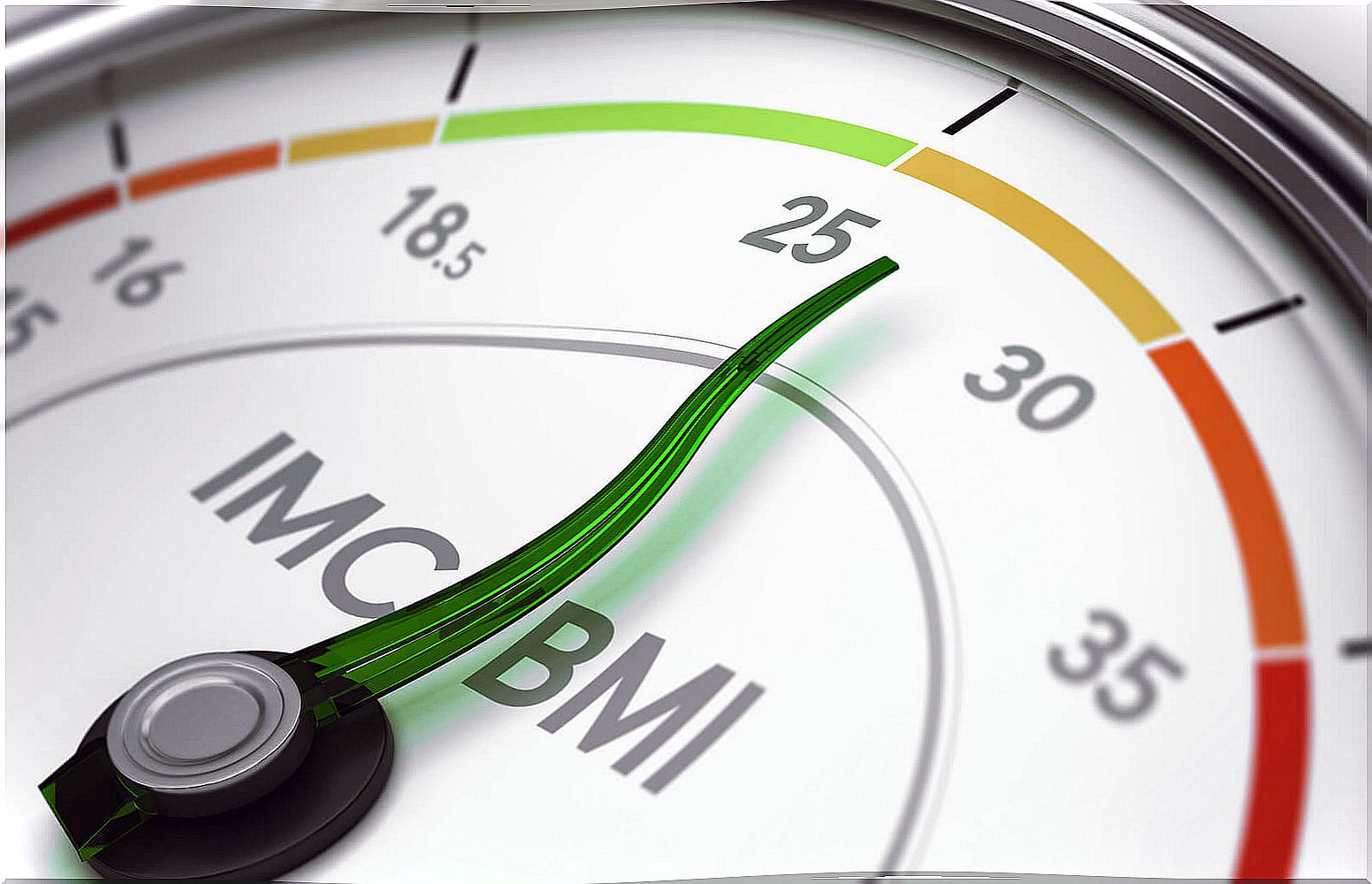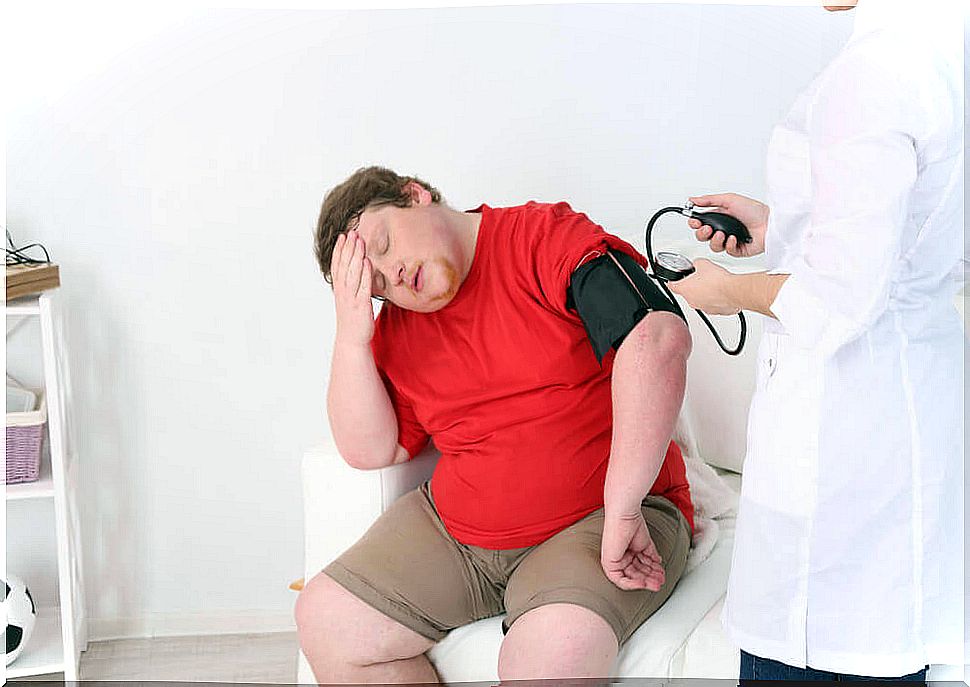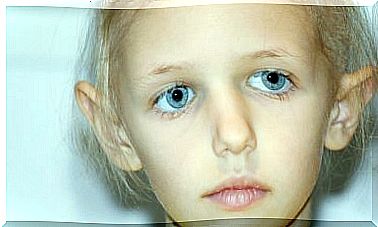Body Mass Index And Types Of Obesity
The body mass index can give us an idea of whether we are at an adequate weight or if we are underweight or obese.

Body mass index (BMI) is one of the factors that is considered to determine whether a person suffers from obesity and, if so, among which types of obesity they are found. It is a mathematical operation that we can perform right now.
It consists of dividing your weight in kilos by your height squared in meters. This will result in your body mass index.
Why is BMI important? Because it allows us to realize if we are within healthy parameters or if we have to modify our diet or include healthier eating patterns in it.
BMI parameters

Surely you already have the result of your BMI and want to know if you are within some of the types of obesity that we will discuss below. Well, so that you can stay calm, we are going to briefly describe the parameters that the BMI follows:
- <16 : if your result has given you a figure of 16 or less, you are in what is known as underweight or severe thinness. These are usually severe cases of anorexia or bulimia.
- 16-17 : being in this range of results indicates that the person is underweight, but moderately thin. If you suffer from anorexia or bulimia, you are probably at this point.
- 17-19 : can be considered as acceptable thinness without falling into any eating disorder. However, in some cases it may indicate the beginning of one of them.
- 19-25 : this band is considered the healthiest: if your mathematical operation has given you this result, you are at an adequate or normal weight.
- 25-30 : if you are between these two figures, you would already be bordering on overweight.
- 30-35 : you are within the parameters of type I obesity.
- 35-40 : you are in the right figures to be considered a person with type II obesity.
- > 40 : if the result of your operation gives this figure or more, you are in type III obesity, quite serious and which can lead to serious problems for your health.
What has been your result? Have you already checked it? As you can see, the range that is considered “normal weight” is quite extensive, so there is a huge margin in which we would be at our ideal weight. However, what happens if we exceed it?
Types of obesity
We have seen that if we find a figure of more than 25 we are already bordering on overweight. Therefore, since we have seen 3 types of obesity, let’s find out what each of them consists of and what characterizes it.
Types of obesity: type I obesity
This degree of obesity is low risk. We have exceeded that threshold that already indicated that we were weighing more than the recommended weight for our height.
However, the ideal is that we manage to reverse this process and not continue to enter the second type of obesity.
In this first grade, what we are going to realize is that the risk of developing diseases is going to increase. For example, we will suffer fluid retention, our legs may rub too much or we may develop diabetes.
Types of obesity: type II obesity
This second type of obesity goes a step further with respect to the previous degree of obesity. In this case, the above problems are going to increase significantly.
For example, cardiovascular problems can begin to occur due to excess fat that will invade our veins and arteries. We will get more tired and tend to be sedentary. In addition, bone problems will begin to appear: there is a risk of developing genu valgum.

Type III obesity
This type of obesity is the most serious and requires an immediate diet and physical exercise that must be started from now on. Being within this type of obesity can include certain very serious problems such as:
- Sleep apnea
- High blood pressure
- Heart problems
- Gallstones
- Liver problems
- Risks of certain cancers
Ideally, we are within normal weight parameters. Being far below or far above can lead to different problems for our health, which is an essential condition that we solve as soon as possible.
We only have one body and one life. It is our responsibility to take proper care of ourselves to have a good quality of life. In addition, what we do today – eat healthy, sleep well, exercise daily, etc. – will affect tomorrow, and may generate many more problems.









